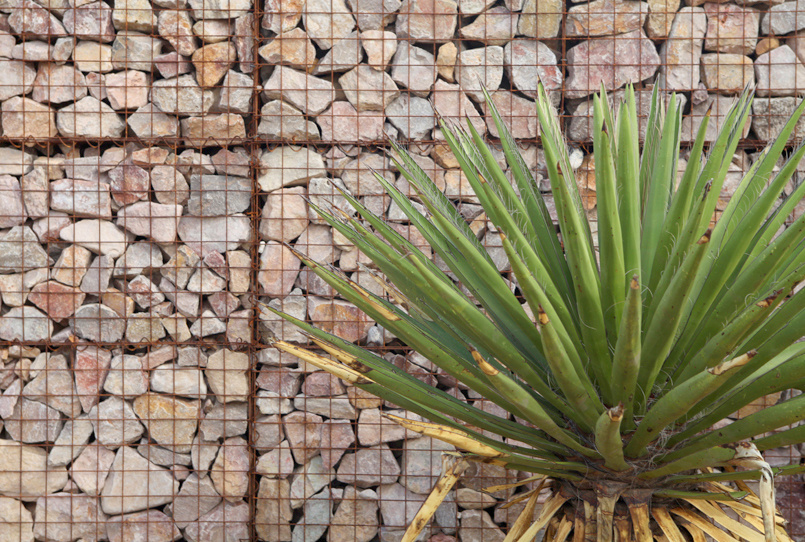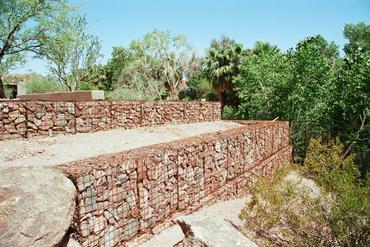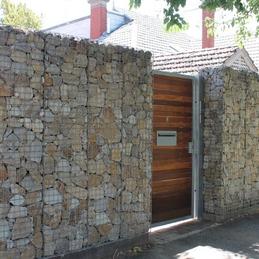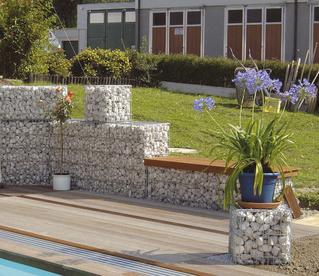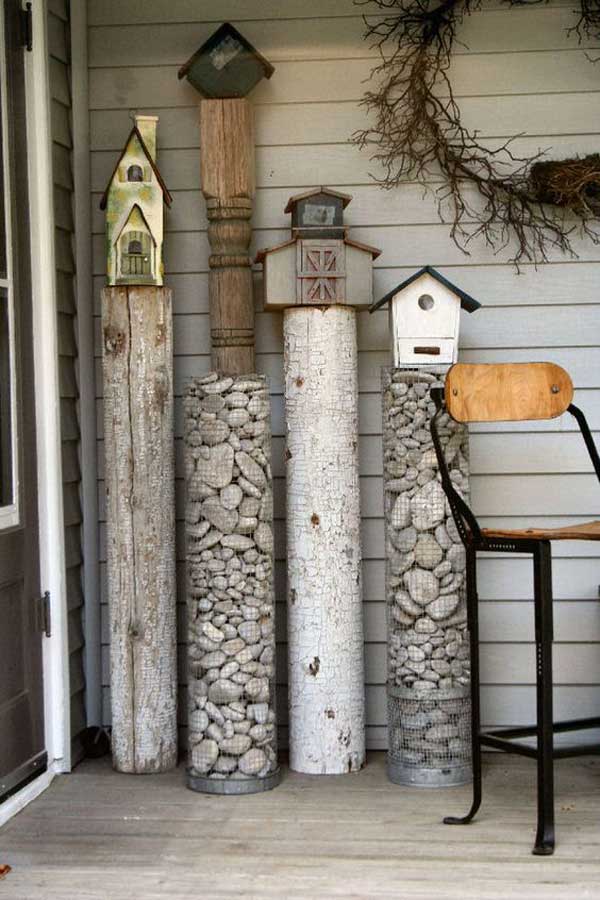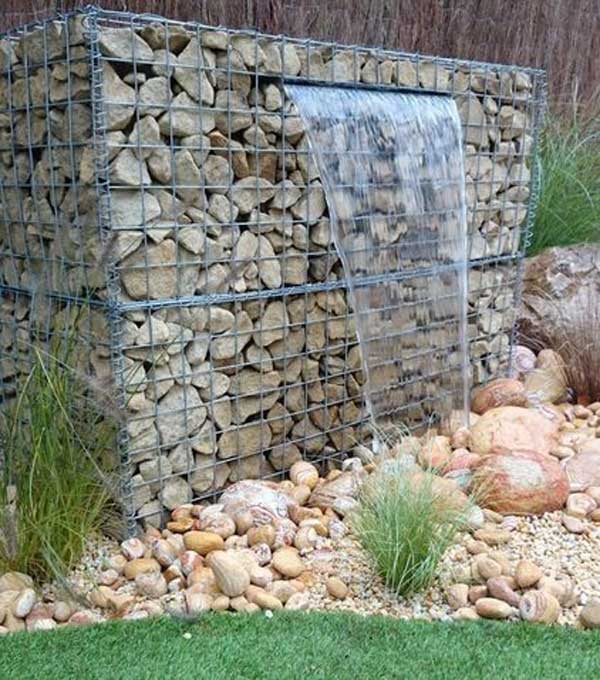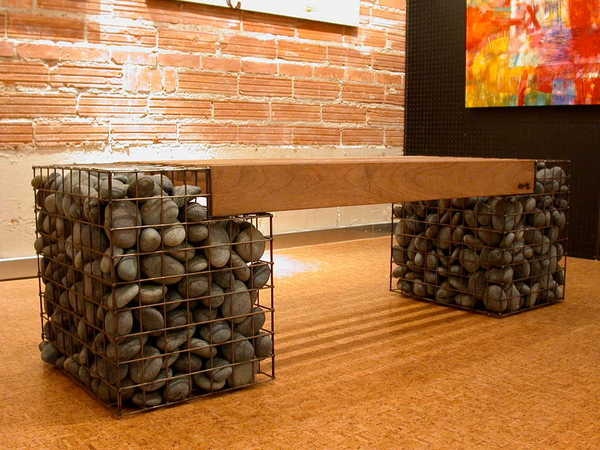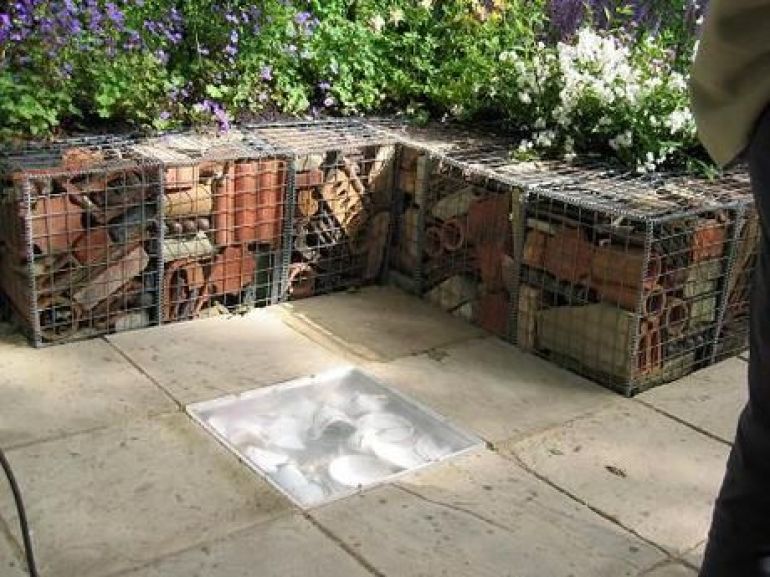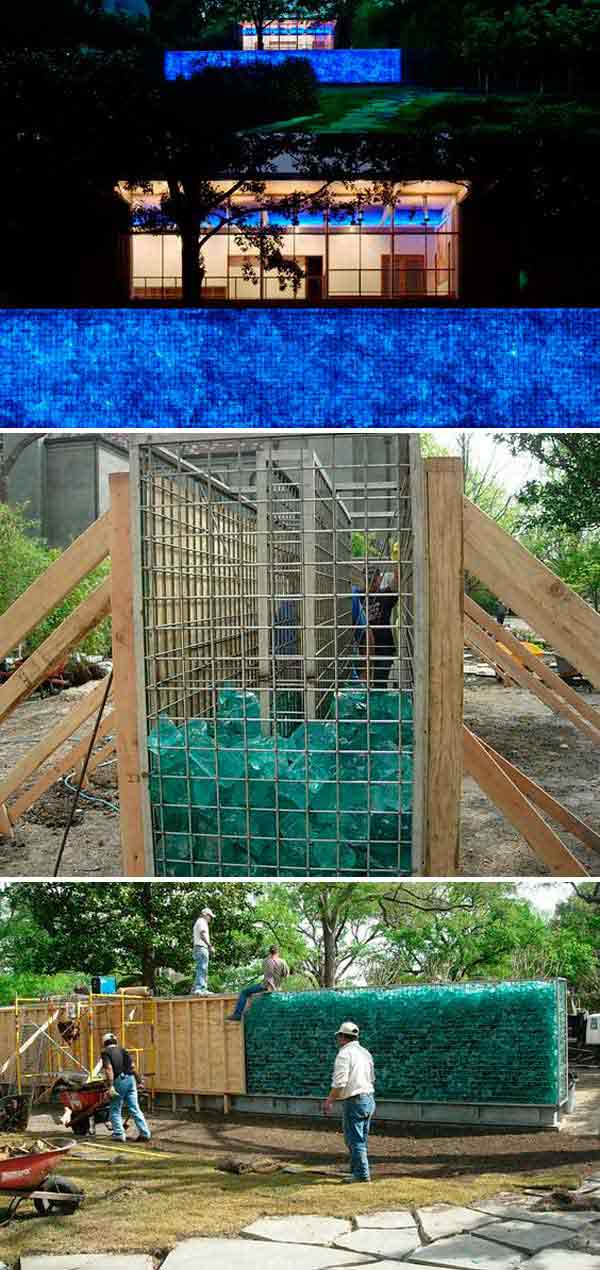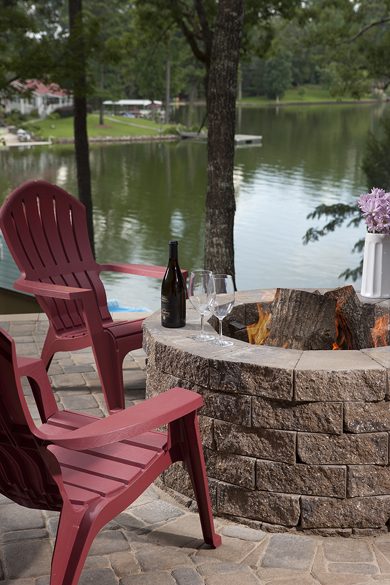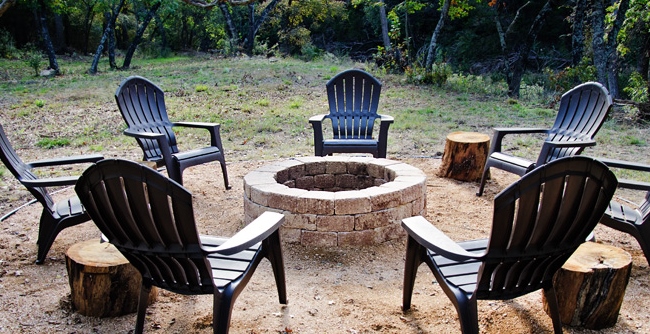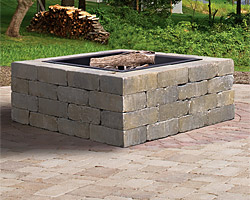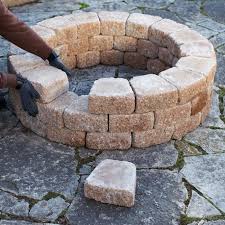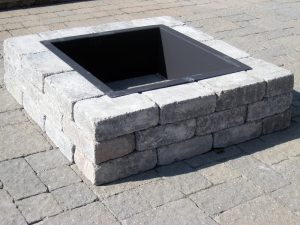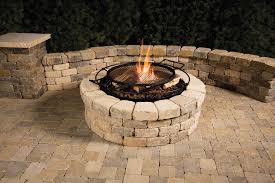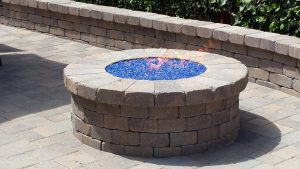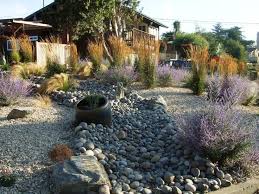
Although it hasn’t stopped raining in what seems like months, for the past few years California has been experiencing severe drought. So much so that it has changed the way we think about building our homes, buying our appliances, designing our back yards and arranging our landscaping.
This has led to a new trend in landscape design known as “Xeriscaping”.
What is xeriscape? The word is derived from the Greek “xero” meaning dry and “scape” meaning view or scene. Basically, xeriscaping is a landscaping philosophy that uses as many native, drought-resistant plants as possible and arranges them in efficient, water-saving ways.
Those who have never heard the name may already know its techniques, because its principles are commonly used in landscaping and often work well. Some people who are aware of the concept mistakenly refer to it as “zero-scape,” as in the use of no water. Others have a negative perception of xeriscaping, thinking that the practice involves the use of barren, rocky landscapes and a few cacti.
As it turns out, xeriscaping doesn’t have to mean a bunch of tumbleweed from the southwest, because it’s open to the use of native plants, a landscaper can select a myriad of plant varieties from his region. A xeriscaped lawn can look as attractive and colorful as a regular one. If used effectively, xeriscaping can reduce water use for landscapes by 60 percent or more.
Let’s talk about a few practices that can help you create an effective and beautiful xeriscape:
1. Create practical turf areas:

Xeriscaping does not necisarily mean eliminating all sod or grass and replaceing it with gravel. You just need to take into account where grass will be useful and enhance the landscape, not take away (both physically and visually) from the other plant life.
There are also many different types of grasses, some of which are seasonal, some of which are native to a certain region and work better with low water usage. You can check with your local gardening center to see which kind of grass is best suited for your landscape.
2. Select the right plants:
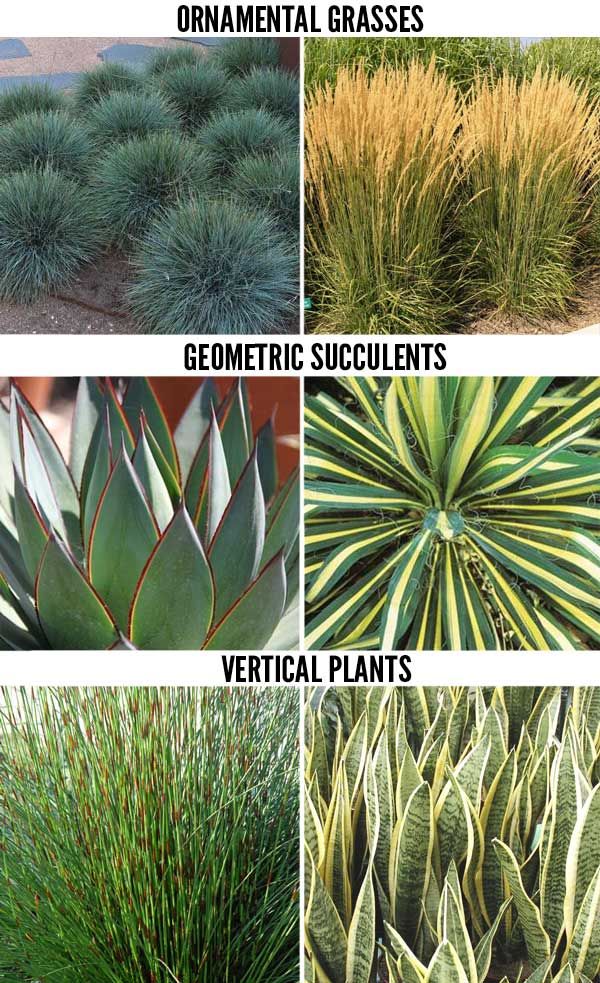
Choosing the right plants is probably the most important part of xeriscaping. These plants will be the main attraction and define your landscape. But the location and grouping of plants can greatly affect the amount of water you will use in the long run.
Native plants are usually the best choice for a xeriscaping project. The use of ornamental grasses, succulents and cacti or aloes, as well as vertica plants which are native to California are best.
Although it’s possible to use plants from other regions, there’s a chance that outside vegetation won’t adapt quickly to a new locale, and you’ll be stuck with an empty lawn. It’s also important, of course, that the plants are drought-tolerant and don’t require much water.
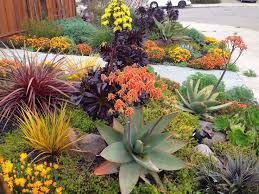
3. Watering and the right irrigation:

It’s important to know how much water is needed for plants. Some plants can rely on the limited rainwater a region might receive during a drought, but many still need water maintenance, even if it’s just a little.
You can provide plants with efficient irrigation with either a hose-end sprinkler or drip irrigation system. We work with both Rainbird and NDS for our drip irrigation products.
It’s important to keep water as low to the ground as possible to avoid spreading it toward unnecessary locations and causing evaporation.
4. Use of mulches:
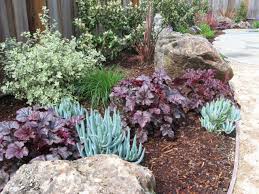
Important for keeping roots cool and minimizing water evaporation, mulch is available in two types: organic and inorganic.
Organic mulch is wood-based, including bark mulch, wood chips and natural wood shavings. Although this type needs to be replaced regularly to keep away rot, wood-based mulch keeps landscapes cool and adds good, complementary color.
Inorganic mulch, on the other hand, is stone-based, such as decomposed granite, gravels, or lava rock. Stones don’t need to be replaced, but they work best in the shade, since otherwise they’ll soak up any heat from the sun and evaporate much-needed moisture.

I hope this will inspire you to prepare for the next big drought. Even though we’ve had record rainfalls…undoubtedly, we will see other dry seasons come.

